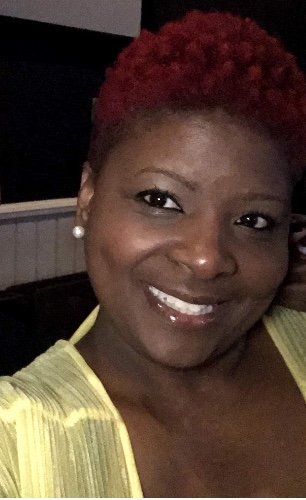Emily Makas, Ph.D., Urban and Architectural History, UNC Charlotte
This seminar will have two overlapping objectives, including the exploration of (1) commemorative practices related to race and (2) methods of studying, documenting, and analyzing race at sites of memory in the United States. Thus this seminar will examine history as well as reflect on the process of doing history.
To achieve the first objective, this seminar will interrogate the way memories and histories of people of color have been interpreted and represented. While the focus will primarily be on African American histories and identities, the seminar will also address the experiences and commemorations associated with Native Americans, immigrants, and other racial minorities. Questions of form, inscription, timing, site, narrative, and reception will be analyzed for a variety of memorials and memorial museums.
To address the second objective, frequent guest speakers and field trips will overview analytical tools and strategies for understanding race and the built environment, possibly including archival research, media analysis, genealogy, photojournalism, augmented reality, and mapping.[3]
This seminar will explore open-ended questions about race and memory. How do malleable ideas like myth, memory, history, and identity interact when solidified in stone and bronze? What role have abstraction and realism played in efforts to represent the past? How do memorials respond to, reject, or embrace monumental memorial traditions in the late 20th and early 21st century? How does the racial background of the artist, subject, and viewer interplay with the interpretation of memorials? How does museum architecture address questions of racial identity? How do museums and historic sites tell the history of racial minorities? How do those histories intersect with other American histories? How do memorials and museums to tragedies and dark chapters compare with memorials to triumphs and celebrations? How have interpretations and commemorative sites changed over time?
We will comparatively investigate nuances of meaning at sites of memory associated with slavery, lynching, segregation, civil rights, migrations, internments, and prominent Americans of color.
Key texts for this seminar will include excerpts from O. Dwyer and D. Alderman, Civil Rights Memorials and the Geography of Memory (Georgia, 2008) and K. Savage, Standing Soldiers, Kneeling Slaves (Princeton, 1997), and M. van Balgooy and L. Bunch, eds. Interpreting African American History and Culture at Museums and Historic Sites (Rowan & Littlefield, 2014).

Emily Rucki, Math, Garinger High 
Elizabeth Abel, 1st Grade, Elon Park Elementary 
Amber Geckeler, ESL, Julius Chambers High 
Floyd Carroll, Social Studies, Independence High 
Janice Sutton, History, Independence High 
Lauren Welch, Social Studies, Julius Chambers High 
Tammy Hawk, 6th Grade, Albemarle Road Middle 
Shundra Allison, English, Myers Park High 
Shannon McFarland, 8th Grade, A. Graham Middle 
Sarah Wallace, ESL, Hopewell High










 Home
Home